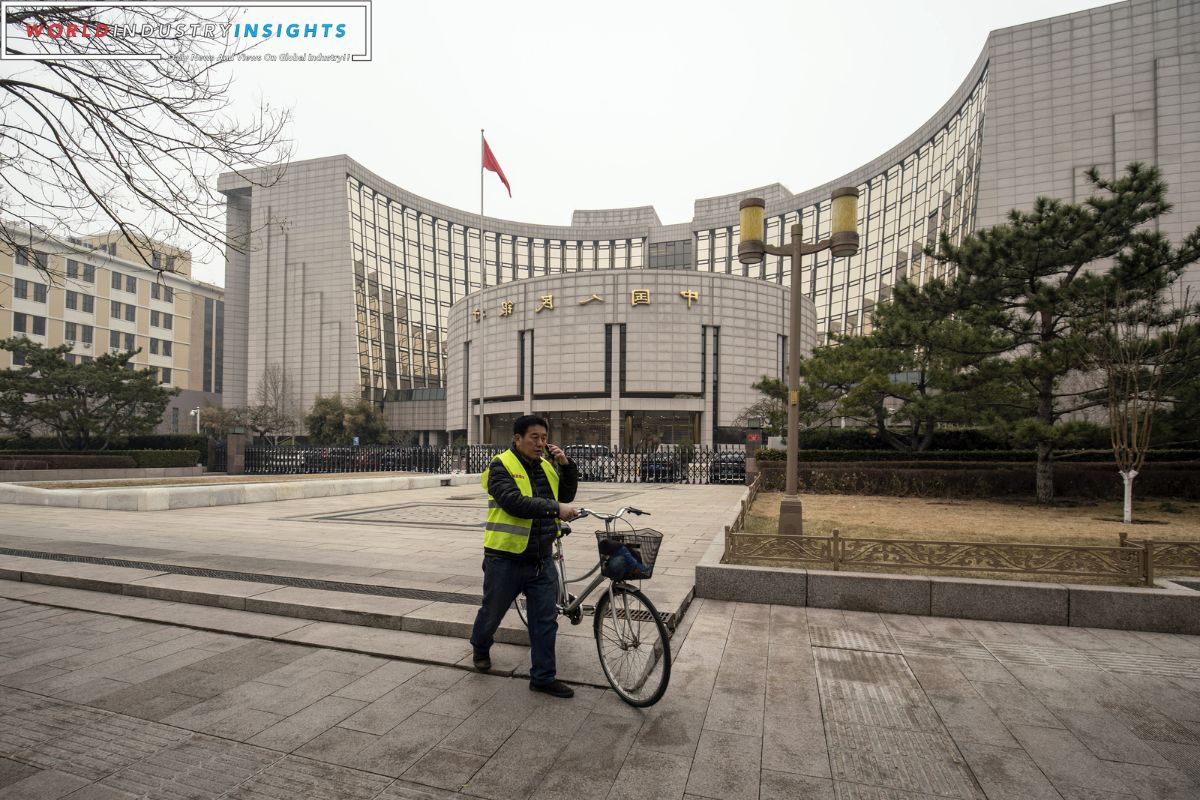Our Reader’s Queries
What is the interest rate on a loan in China?
China’s one-year loan prime rate (LPR) remains steady at 3.45%, while the five-year LPR remains unchanged at 4.20%. The majority of new and existing loans in the world’s second-largest economy are based on the one-year LPR, which has been lowered twice by a total of 20 basis points in 2023.
How is the economy in China?
China’s economy has experienced significant fluctuations in recent years, with growth rates ranging from a low of 2.2% in 2020 to a high of 8.4% in 2021, and settling at 3% last year. The pandemic’s strict travel and activity restrictions have had a significant impact on manufacturing and transportation, contributing to these fluctuations.
What is the prime rate for a Chinese loan?
The China Loan Prime Rate (I:CLPR) currently stands at 3.45%, which is a decrease from last month’s 3.45% and last year’s 3.65%. This rate is below the long-term average of 3.79%.
What is the interest rate in China 2023?
China’s benchmark interest rate currently stands at 3.45 percent. Over the past decade, the country’s interest rate has averaged at 4.32 percent, with a peak of 5.77 percent in April 2014 and a low of 3.45 percent in August 2023. These fluctuations reflect the country’s efforts to balance economic growth and inflation control. As China continues to navigate its economic landscape, it will be interesting to see how its interest rates evolve in the coming years.


